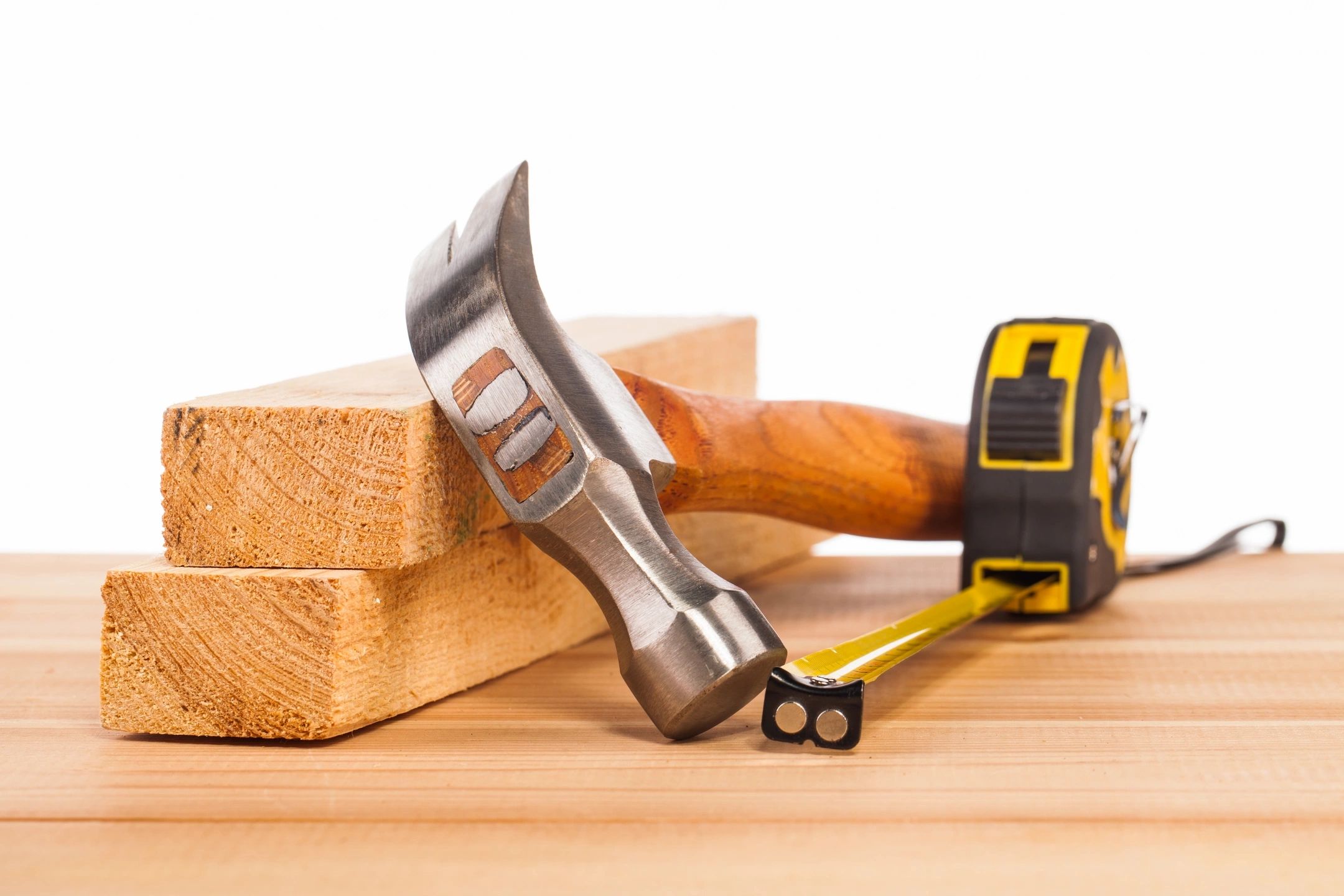Have you ever felt frustrated during a repair job because the right tool could not be found? Or maybe you struggled to use a tool effectively, causing delays and headaches? We’ve all been there. The truth is that having a good grasp of tools is about knowing which tool to use, when to use it, and how to use it efficiently.
This guide is here to help you boost your repair skills by mastering the art of tool usage. We’ll cover everything from choosing the right tools for the job to handling them safely and effectively.
Let’s get started!
Understanding Different Types of Tools
When tackling repair jobs, your tools can make a big difference. Let’s break down the types of tools you might come across:
- Tension Bars – These help apply specific force without causing damage. They’re great for tasks that need careful handling.
- Screwdrivers – Used to drive screws into different materials. Having both flathead and Phillips head screwdrivers is a good idea.
- Hammers – Essential for driving nails or breaking things apart. A good hammer feels balanced and comfortable in your hand.
The Basics of Tool Use
Using tools correctly isn’t just about getting the job done; it’s also about doing it safely and effectively. Every tool in your kit has a specific purpose, and using each one correctly can save you time and prevent accidents.
One of the most important things to remember is always to choose the right tool for the job. This might sound simple, but it’s easy to grab whatever’s handy, even if it’s not the best choice. And don’t forget to consider safety. So, before you start any repair, ensure you know how to handle your tools safely. This means wearing the right protective gear, like gloves or goggles, especially when working with power tools.
That’s not all! When using complex tools like tension bars, you must know How to use Tension Bars. Don’t just wing it—take the time to read the manual or watch a tutorial video from the manufacturer’s website. This step is key to using tension bars effectively, ensuring you apply the right force without causing damage.
Advanced Techniques for Complex Repairs
Precision is key when tackling intricate repairs. This means handling delicate tasks carefully and using the right methods to avoid damage. Let’s break down a couple of important techniques for handling complex repairs effectively.
Precision Work
Precision is crucial when working on small or delicate items, like electronics or tiny parts. Use tools designed for these tasks, such as small screwdrivers or tweezers. A magnifying glass can help you see better. For electronics, use anti-static tools to avoid damaging sensitive components. Always work slowly and carefully to avoid making mistakes.
Customization
Sometimes, you need tools that aren’t standard sizes. You might need to adapt or modify tools to fit your repair job. For example, you can add a rubber grip to a tool handle for better control or use a file to shape a tool to fit better into tight spaces. This kind of customization can make your repairs easier and more effective.
Tool Maintenance and Care
Let’s review some simple steps for maintaining, cleaning, and storing your tools and tips for fixing common problems.
Regular Maintenance
Regular check-ups for your tools can prevent many problems. Make sure they’re always ready to use by giving them a quick look-over for any signs of wear or damage. Tighten loose parts, oil any necessary components, and replace worn-out parts like blades or bits. This keeps them safe and effective.
Cleaning and Storage
After you finish a job, take a few minutes to clean your tools before putting them away. Wipe off any dirt, dust, or grease. If they’re really dirty, a mild soap and water can do the trick—just make sure they are dry to avoid rust. When storing, keep your tools dry and organize them so you can easily find what you need next time. Hanging or keeping them in a toolbox protects them from getting banged up.
Troubleshooting
Sometimes, tools stop working right. If a tool isn’t working as it should, ensure it’s clean and not damaged. Check if the cord or battery is in good shape for power tools. For hand tools, make sure nothing is loose or broken. Often, a simple fix like tightening or cleaning can get your tool back in action. If it’s beyond your skill to fix, it might be time to take it to a professional or replace it.
Conclusion
Remember, mastering tools takes practice, but it’s a journey worth taking. You’ll not only save time and money on repairs but also gain the confidence to tackle any project. So go ahead, grab those tools, and start fixing them! Who knows, you might even discover a hidden talent for DIY projects!

